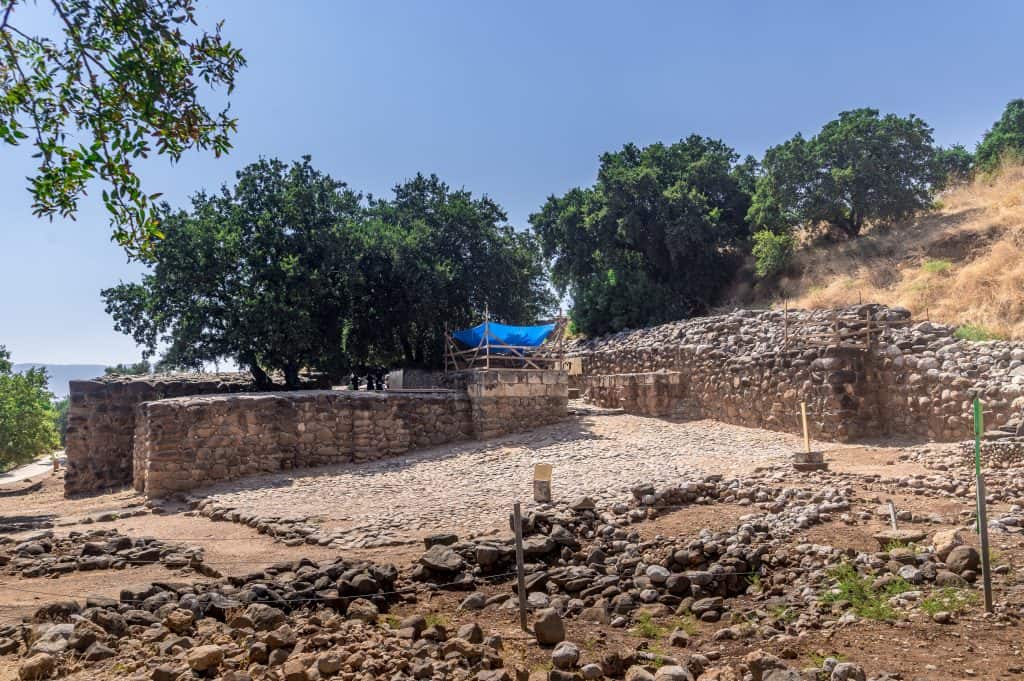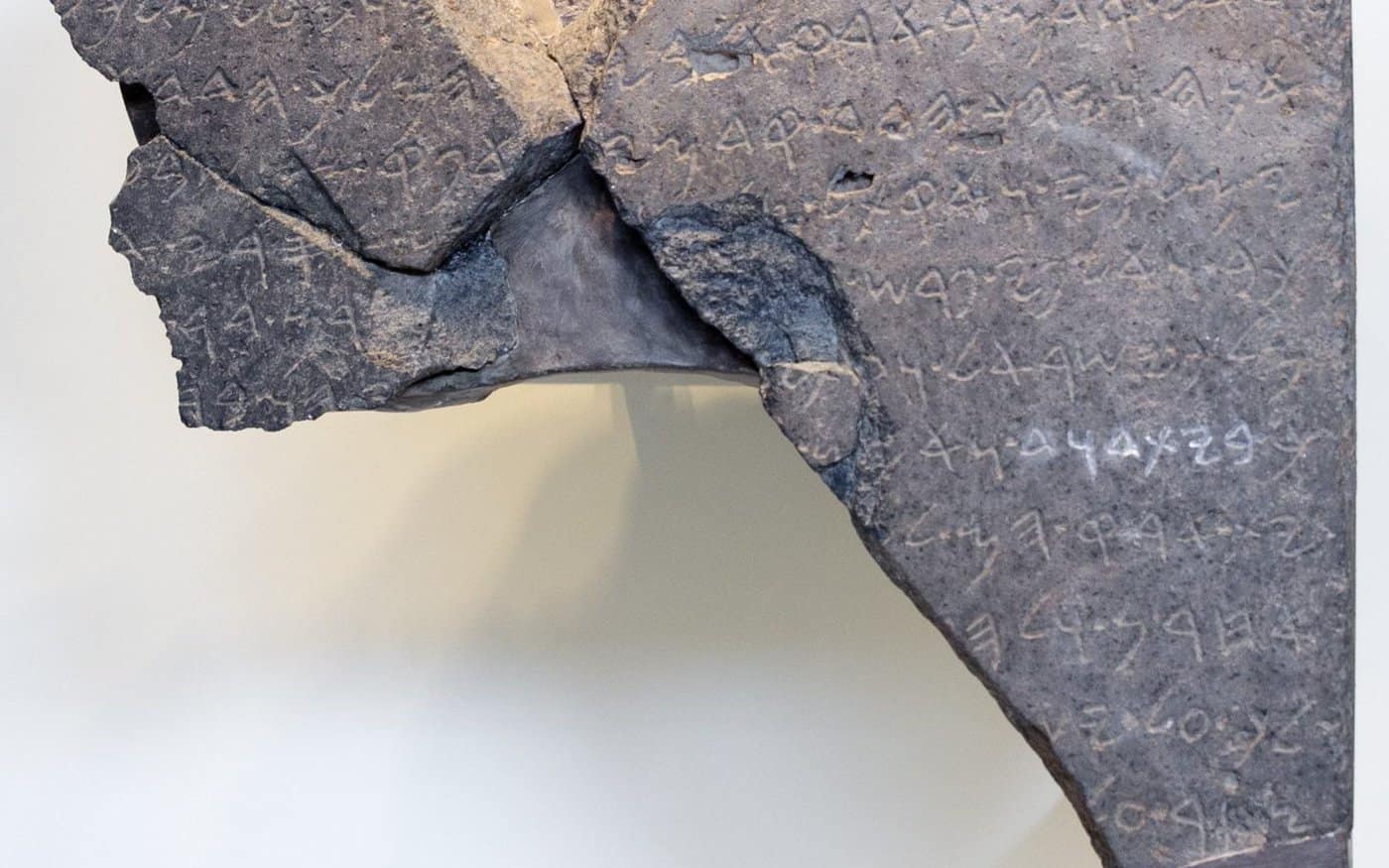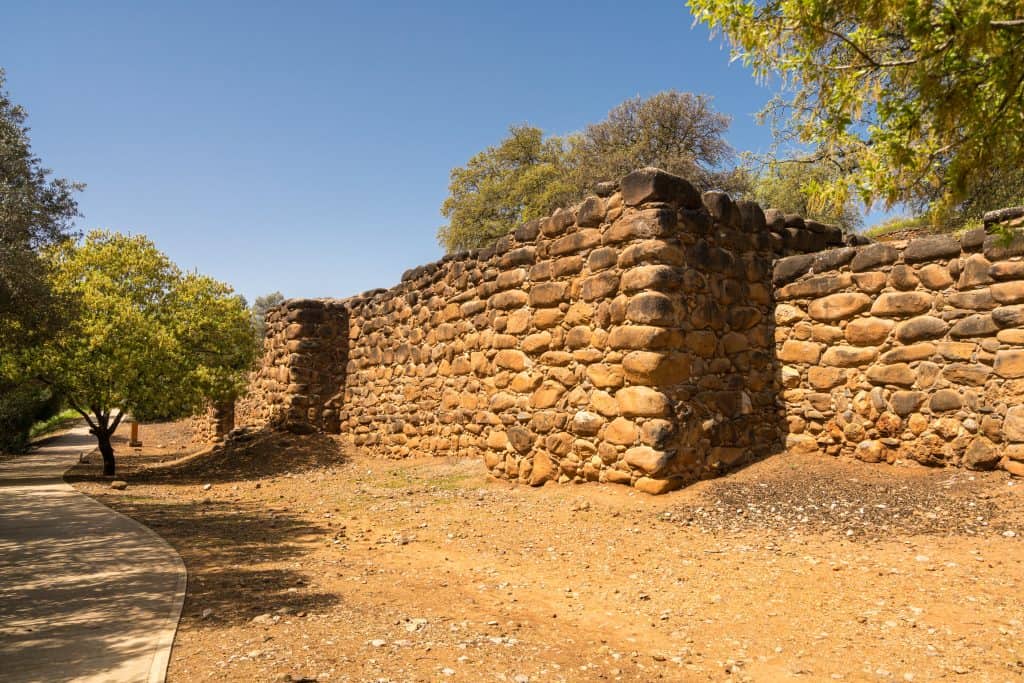The Tel Dan Stele holds significant historical and archaeological importance due to its inscription, which provides valuable insights into the ancient Near East’s political landscape and historical figures. So here are some key points highlighting the importance of the Tel Dan Stele:
Tel Dan Nature Reserve

Verification of the House of David:
So, one of the most significant aspects of the Tel Dan Stele is that it references the “House of David.” This is considered the earliest known reference to the Davidic dynasty mentioned in the Bible. Furthermore, the inscription refers to a victory by an Aramean king over the “king of Israel” and the “king of the House of David.” Moreover, this extrabiblical mention provides independent confirmation of the existence of the biblical figure King David and his dynasty.
Tel Dan Stele – Confirmation of Historical Context:
In addition, the Tel Dan Stele contributes to understanding the geopolitical context of the time. It helps corroborate and contextualize biblical accounts and other historical sources, shedding light on the ancient Near East’s interactions and conflicts between different kingdoms and rulers.
Israel Museum Tour

Evidence of Historical Accuracy:
Furthermore, the Tel Dan Stele is often cited as an example of how archaeological discoveries can align with historical accounts found in written records. Moreover, the stele’s reference to the “House of David” is consistent with the biblical narrative, demonstrating the potential historical accuracy of specific biblical passages.
Insights into Ancient Warfare:
The inscription’s mention of military victories and defeated enemies offers insights into ancient warfare, conquests, and political maneuvering. It adds a layer of historical detail to the broader understanding of the era’s conflicts.

Contribution to Biblical Studies:
The Stele is a subject of interest for biblical scholars, historians, and archaeologists. It provides a tangible link between the archaeological record and biblical accounts, fostering discussions about historical accuracy, interpretations, and the interplay between history and faith.
Golan Heights Ultimate Guide

Tel Dan Stele – Preservation of Historical Memory:
So, the Tel Dan Stele inscription is a tangible artifact that preserves a moment in history. It offers a glimpse into ancient rulers’ thoughts, actions, and commemorations, contributing to preserving historical memory.
In summary, Tel Dan Stele’s reference to the “House of David” has profound implications for our understanding of biblical history! But also to give us insights into ancient politics and the accuracy of historical records. Most importantly, it bridges archaeology, history, and biblical narratives! Making it a pivotal artifact in studying the ancient Near East and its impact on human civilization.







